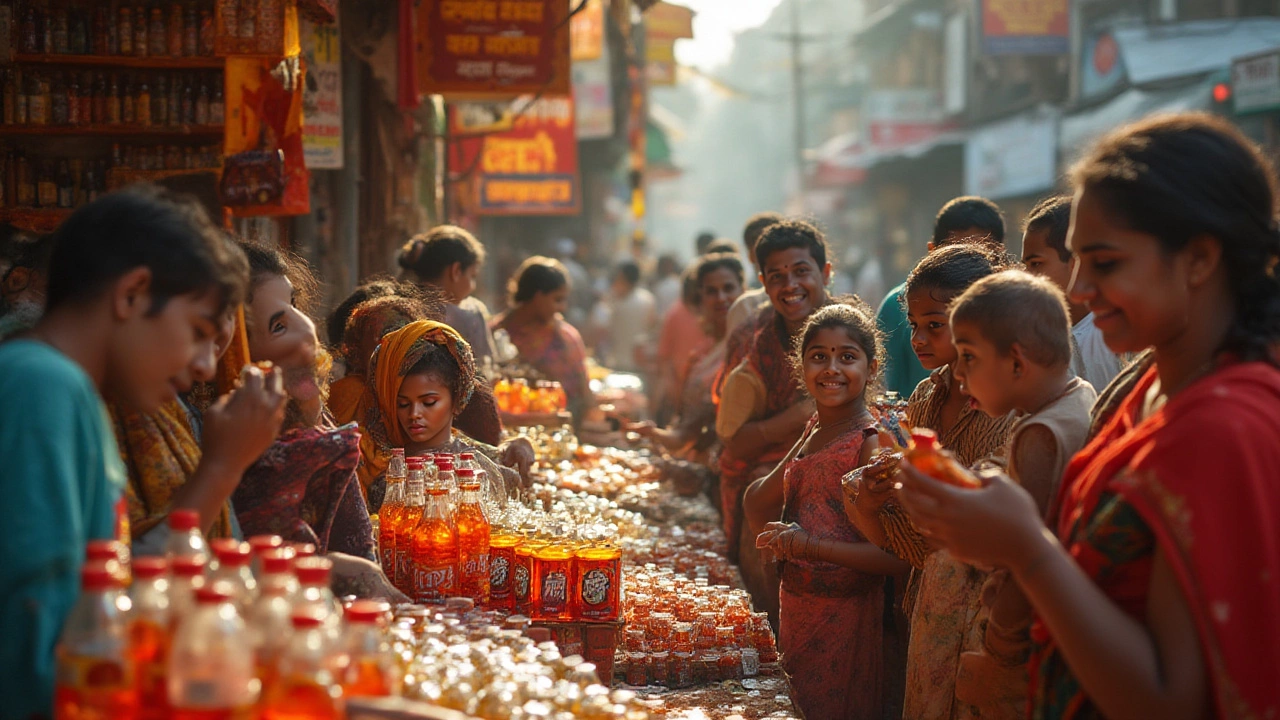India Travel Drinks: What to Drink and What to Avoid Across India
When you're traveling through India, what you drink matters just as much as where you stay. India travel drinks, the beverages locals and tourists rely on for hydration, energy, and cultural connection. Also known as Indian beverages, they range from spicy masala chai to sweet lassi and bottled mineral water—each playing a role in daily life and travel safety. Many tourists get sick not because of food, but because of what’s in their glass. Tap water? Unsafe. Ice in cocktails? Risky. Fresh fruit juice from a street cart? Can be fine—if you know how to pick the right vendor.
Understanding safe drinking in India, the practices and choices that prevent illness while enjoying local flavors isn’t about fear—it’s about smart habits. Most Indians drink boiled or filtered water, and so should you. Bottled water from sealed plastic bottles is your safest bet, but check the cap seal. Avoid drinks with ice unless you’re sure it’s made from purified water. Even a single cube can carry bacteria that your stomach isn’t ready for. Then there’s Indian beverages, the wide array of traditional drinks that are not just refreshing but deeply tied to regional culture. In North India, you’ll find lassi—yogurt-based, salty or sweet—served in clay cups. In South India, filter coffee is a ritual, strong and served with milk. In Rajasthan, nimbu pani (lemon water with salt and spices) keeps you cool. These aren’t just drinks—they’re part of the experience.
Don’t skip the chai. It’s everywhere, and for good reason: it’s boiled, served hot, and made with fresh milk. A cup of chai from a busy stall is often safer than bottled water you bought hours ago. Street vendors who serve dozens of cups an hour are more reliable than quiet ones with low turnover. If you’re in a city like Delhi or Mumbai, try thandai during festivals or kokum sherbet along the Konkan coast. Both are natural, non-alcoholic, and widely trusted. Alcohol? Stick to branded liquor from licensed shops. Homemade or unbranded drinks can be dangerously adulterated.
What you drink changes depending on where you go. In Goa, fresh coconut water is a staple—but make sure it’s opened in front of you. In Varanasi, don’t drink from the Ganges, no matter how spiritual it feels. In the Himalayas, boiled water or sealed bottles are your only real options. And remember: your body adjusts slowly. Start with small sips of local drinks, and give yourself time. Don’t rush into exotic juices or fermented drinks like toddy unless you’ve built up your tolerance.
There’s no magic rule, just a few simple habits: always choose sealed bottles, avoid ice unless you trust the source, and let hot drinks be your friend. The right drink can make your trip better—refreshing, safe, and deeply Indian. The wrong one? It can ruin your whole trip. Below, you’ll find real stories, tips from travelers who got it right (and wrong), and the drinks you should never miss—or avoid—at all costs.
Coke Price in India: 2025 Guide to Coca-Cola Costs, Sizes, and Tips
Curious about Coke prices in India? Discover up-to-date costs, bottle sizes, where to buy, and insider tips for getting the best deals on soft drinks as a traveler.
Read more